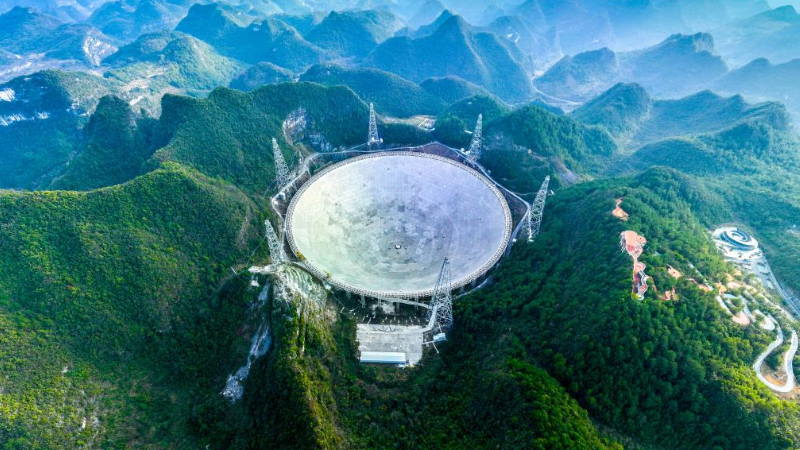
A Long March-2D rocket carrying 14 new satellites blasts off from the Taiyuan Satellite Launch Center in north China's Shanxi Province, Jan. 15, 2023. (Photo by Wang Xiaohu/Xinhua)
WUHAN, Feb. 16 (Xinhua) -- The Luojia-3 01 satellite has completed several technical tests, and its multi-mode intelligent remote sensing service capability has reached the expected target, according to Wuhan University.
Luojia-3 01 is an internet-intelligent remote-sensing scientific experiment satellite, mainly developed by Wuhan University and launched by a Long March-2D rocket on Jan. 15.
It adopts the in-orbit high-rate compression and transmission technology independently developed by Wuhan University. Its maximum transmission speed can reach two gigabytes (GB) per minute, which effectively solves the transmission delay caused by the limited bandwidth.
It makes a breakthrough in autonomously discovering and identifying objects of interest. It can also operate target detection, moving-target tracking and scene classification. The accuracy of in-orbit target detection and moving-target tracking can meet the requirements of most real-time intelligent analysis applications.
In addition, the multi-angle imaging data obtained by the Luojia-3 01 satellite can be processed by sensor correction, stereo image matching and intensive matching reconstruction to obtain high-quality three-dimensional terrain data, and construct three-dimensional models of buildings or specific targets, which will play a crucial role in urban planning management, natural disaster assessment and other fields. ■












